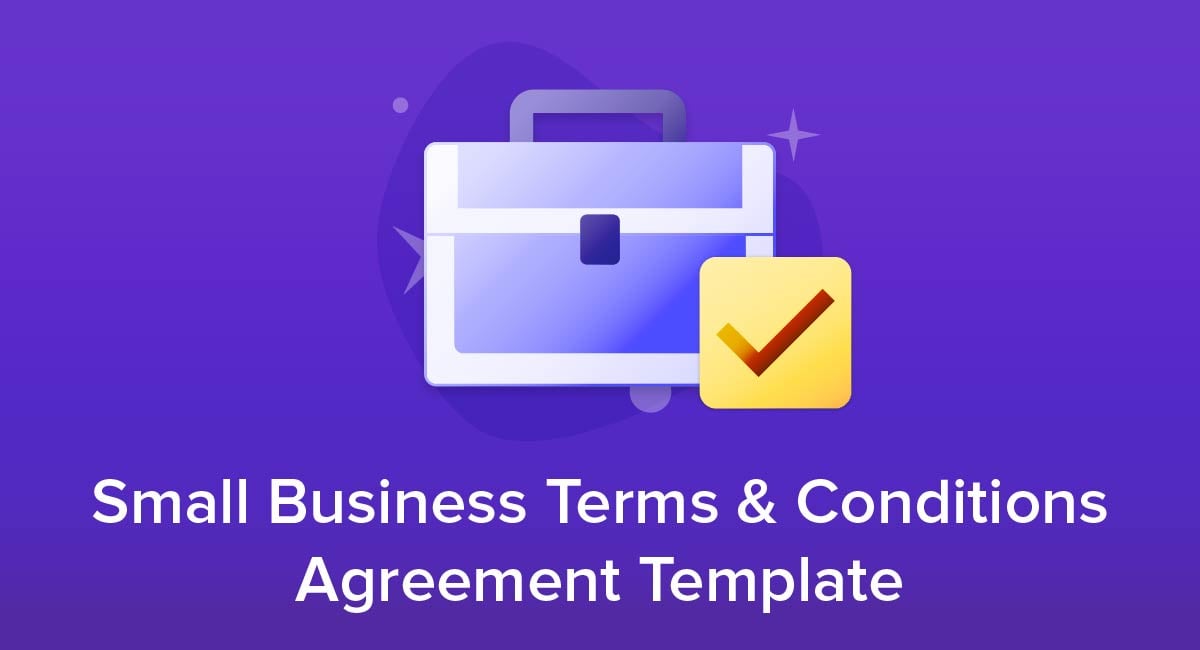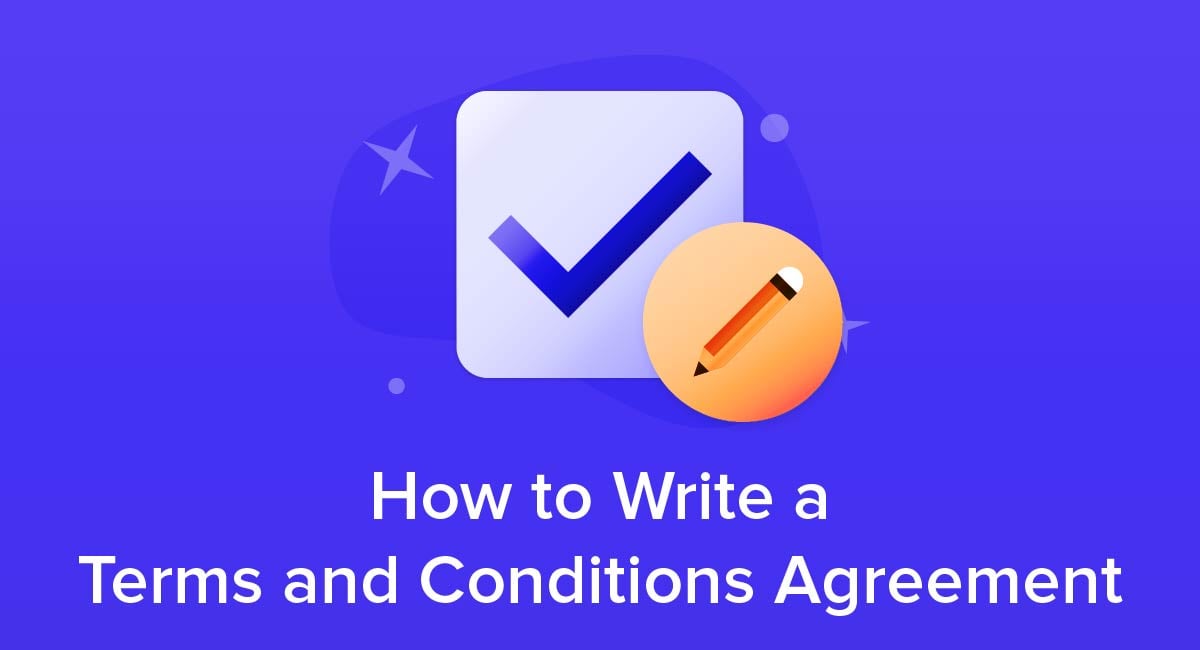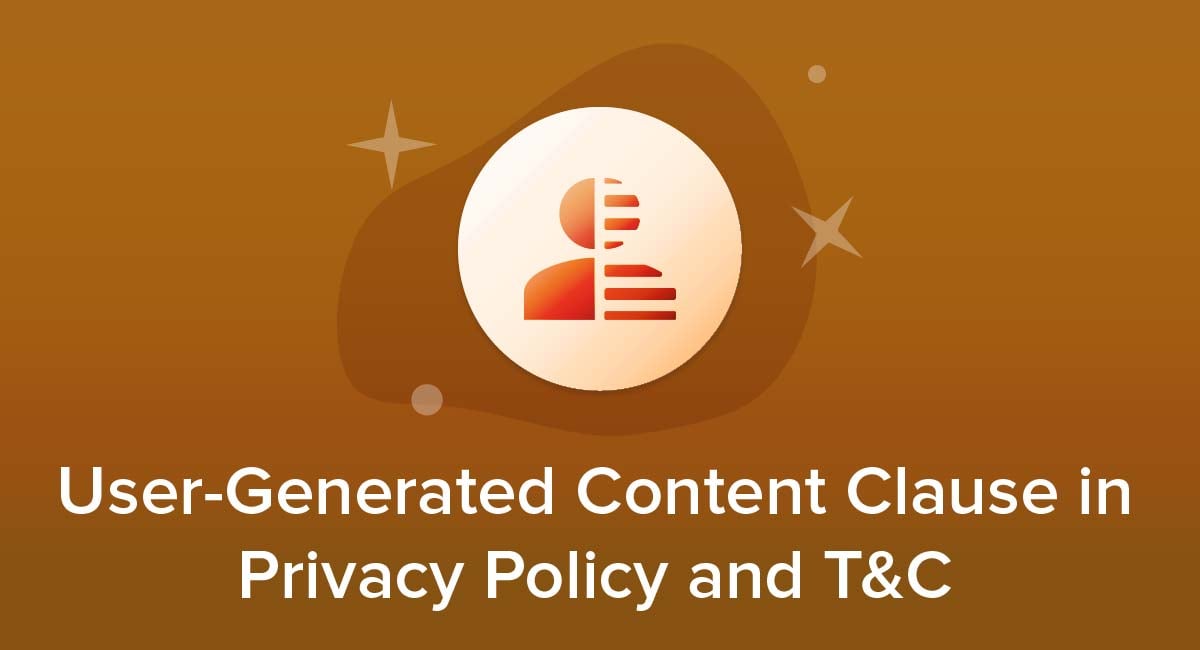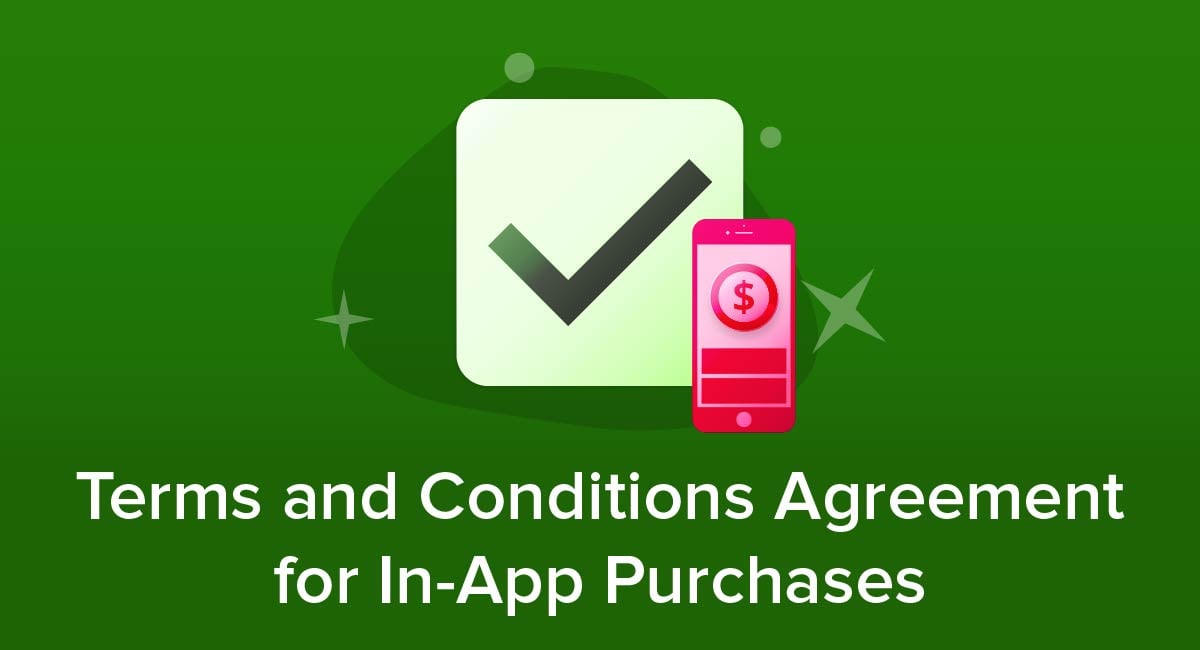
If you offer in-app purchases, you are creating a sales contract with the customer, even if the app itself is free of charge. A Terms and Conditions agreement is the "rulebook" for using your app, including how purchases will be handled.
This article will explore why your app needs a Terms and Conditions agreement (T&C), what yours should include, and how to display and get users to agree to yours.
Our Free Terms and Conditions Generator is created to help you generate a professionally drafted agreement that can include various terms and conditions for your site and/or app.
- Start the Free Terms and Conditions Generator from our website.
- Select platforms where your Terms and Conditions will be used (website, app or both):
- Answer a few questions about your website or app information:
- Select the country:
- Answer a few questions about your business practices:
-
Enter your email address where you'd like to receive the new Free Terms and Conditions and click "Generate":
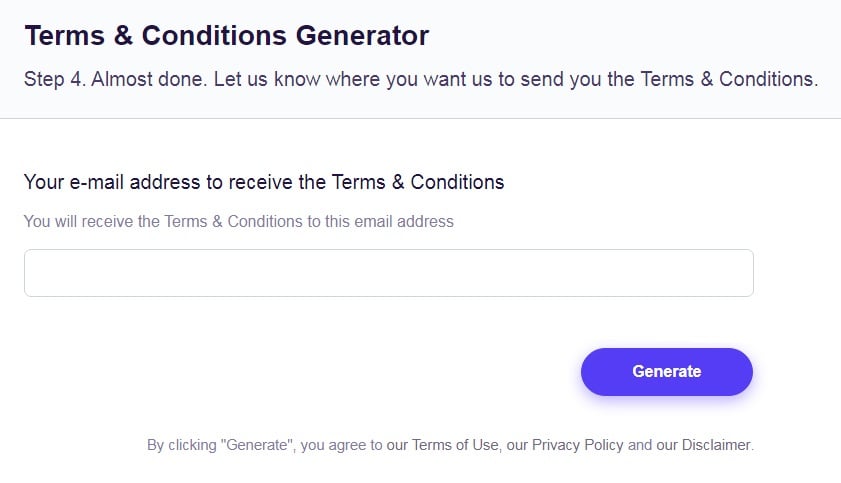
Once generated, you can copy and paste your Free Terms and Conditions agreement on your website or app or link to your hosted Free Terms and Conditions page.
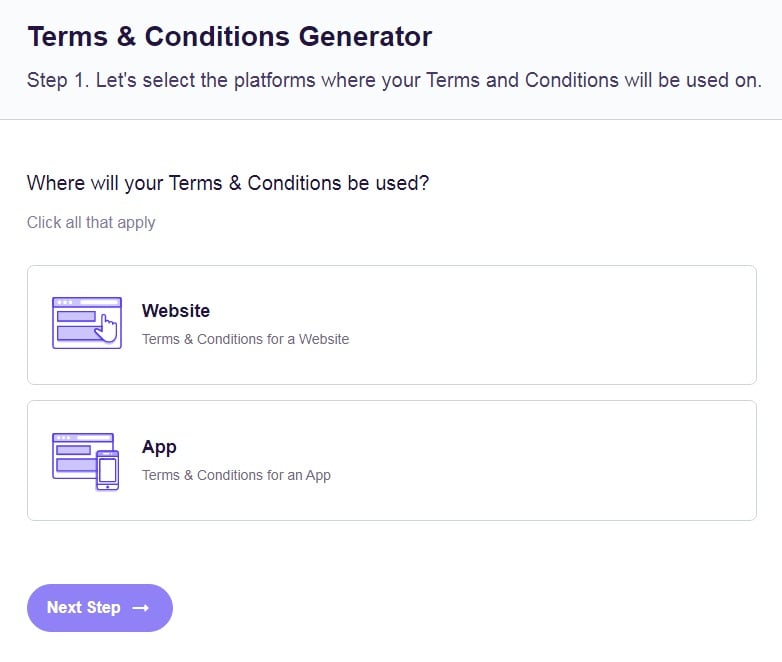
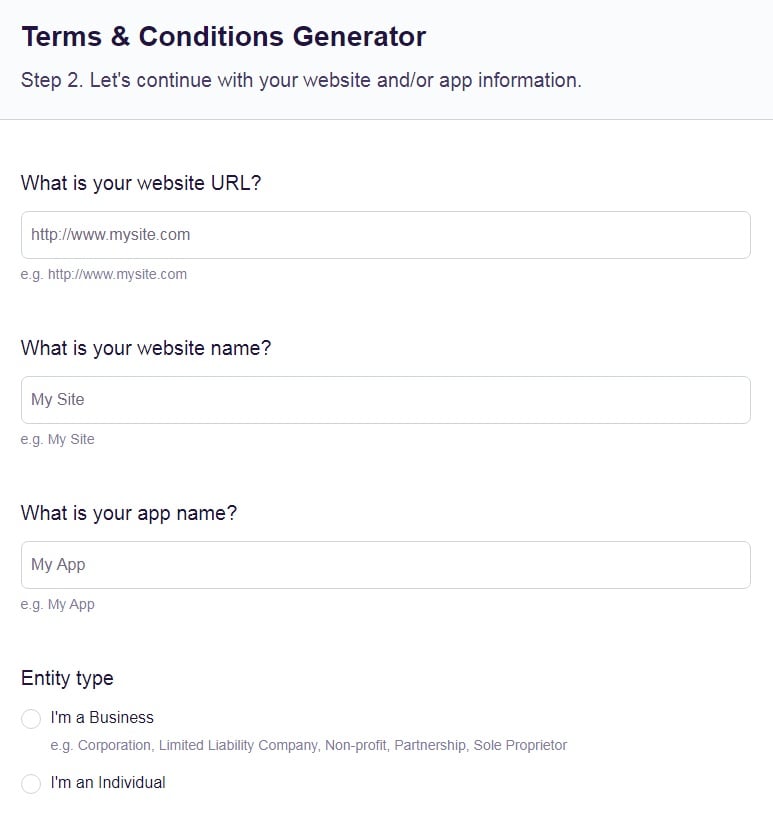
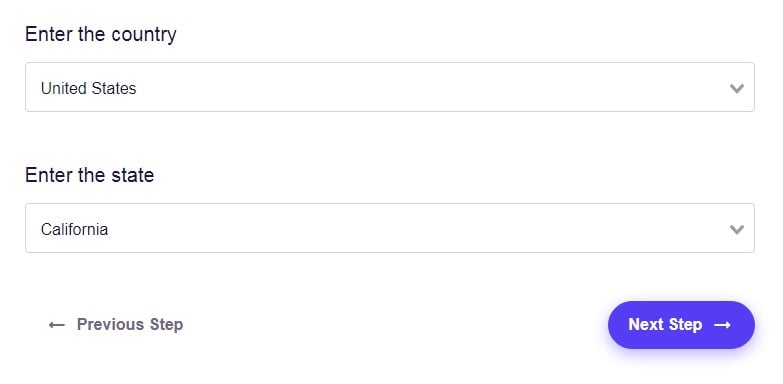
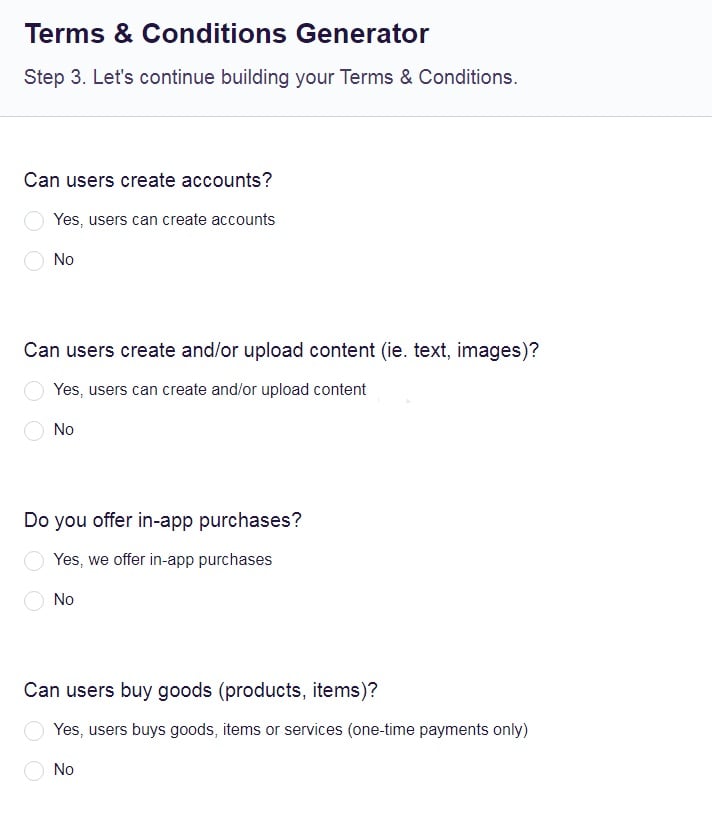
- 1. What is a Terms and Conditions Agreement?
- 2. Why Do You Need a Terms and Conditions Agreement for In-App Purchases?
- 3. What to Include in a Terms and Conditions Agreement for In-App Purchases
- 3.1. Rules of Use
- 3.2. Age Limits for Purchases
- 3.3. Governing Law
- 3.4. Intellectual Property and Copyright
- 3.5. Payment Terms
- 3.6. Limits of Your Liability
- 3.7. Disclaimers of Warranty
- 3.8. Your Privacy Policy
- 3.9. Termination of Accounts by Either Party
- 4. Displaying and Getting Agreement to Your Terms and Conditions Agreement
- 5. Summary
What is a Terms and Conditions Agreement?
A Terms and Conditions agreement is a set of rules that govern the legal relationship between a buyer and seller. While it doesn't usually override consumer laws, the Terms and Conditions agreement is legally binding. Courts will take the agreement into account when settling any legal dispute about a purchase.
In a business-to-business relationship, the two sides will often negotiate the terms and conditions. With a business-to-consumer relationship, though, the business usually sets out the rules and then the seller decides whether to accept them and become a customer.
In most cases, a Terms and Conditions agreement will cover all sales, regardless of the specific details such as the product, price or quantity.
The table of contents for Aglet's Terms agreement shows some of the topics that such an agreement can cover:
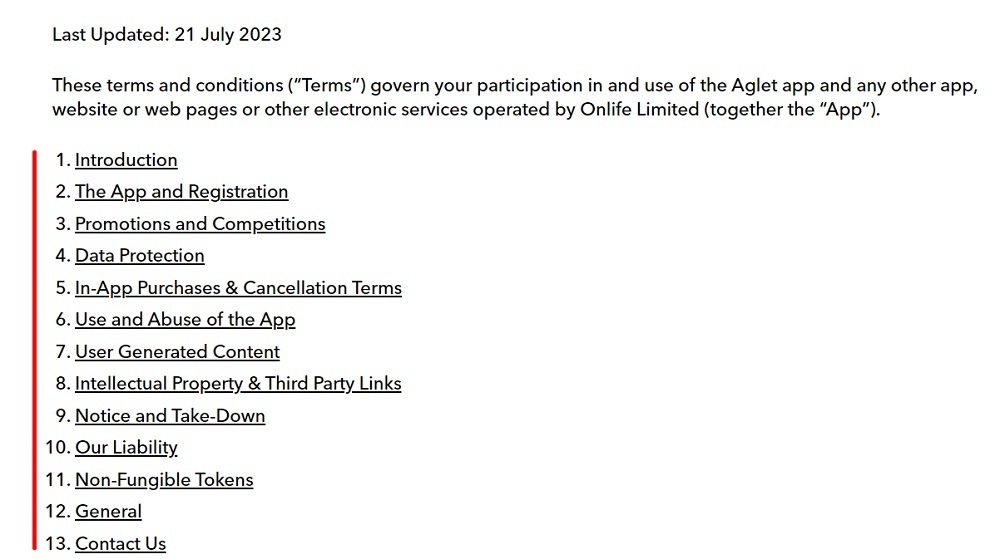
Why Do You Need a Terms and Conditions Agreement for In-App Purchases?

A Terms and Conditions agreement reduces ambiguity by settling possible points of disagreement or confusion before the purchase happens. This makes the user more informed about what happens with an in-app purchase, letting them know among other things:
- How much they will pay
- What payment methods they can use
- Whether it's a one-off payment or a subscription
- What they get in return for the payment
Having a Terms and Conditions agreement also helps you in a number of ways. It shows you are professional and builds trust with users. It also reduces the chances of somebody raising a dispute or pursuing legal action because they didn't understand your rules. Such a dispute could cost you time and money, whatever the outcome. It can also increase the chances of you winning any legal case.
What to Include in a Terms and Conditions Agreement for In-App Purchases

Here are the most commonly seen and important clauses for a Terms and Conditions agreement for an app that allows in-app purchases.
Rules of Use
Set out anything users are not allowed to do while using your app, and particularly any paid features. This will depend on your app, but could include:
- Sharing or posting offensive material
- Sharing access to a paid feature with users who have not paid
- Spreading malware or otherwise attempting to damage your service
- Using the app to do anything illegal
HUAWEI uses a combination of general principles and specific examples of banned activities:
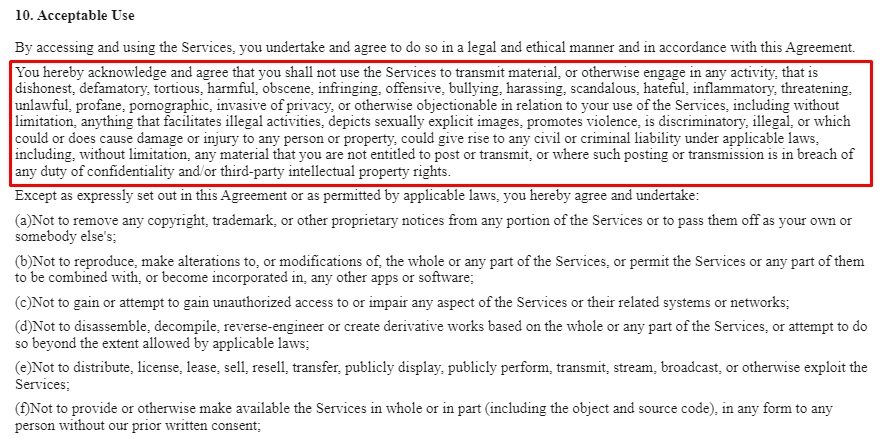
The following clause covers similar points, but its bullet-point format is much more reader-friendly:
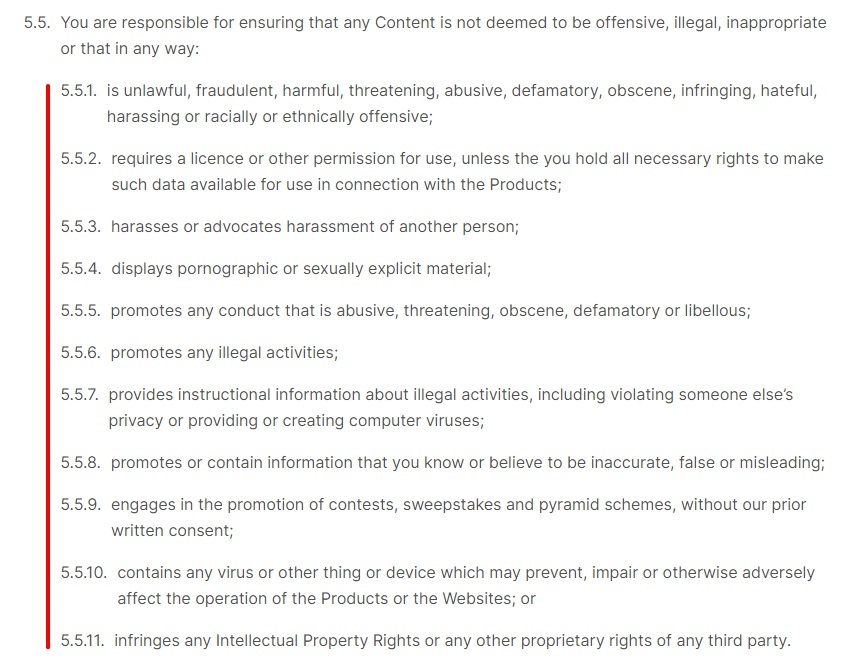
Age Limits for Purchases
Make clear if there is any minimum age for somebody to make an in-app purchase and thus consent to the agreement.
The app stores you use and the laws in the relevant countries may require minimum age limits. In particular, you should make clear that users cannot make a purchase if they are too young to form a binding legal agreement.
Here's how Channel 4 spells out its age policy and consequences:
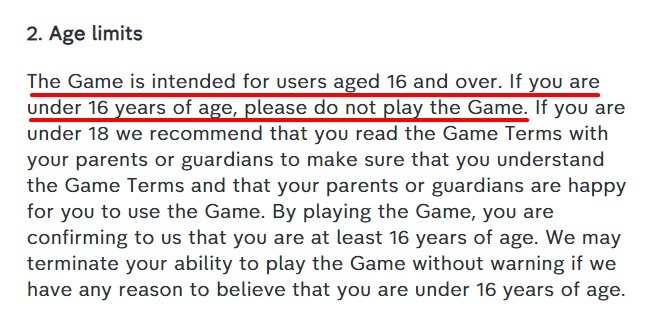
Governing Law
This section explains which laws apply to the agreement in the event that legal issues arise. This restricts the chances of somebody trying to bring a case against you in a place you have no contact with, or under rules that benefit them and disadvantage you.
A governing law clause will cover the following points:
- The governing law, specifically which country or region's laws apply to the in-app purchase. Normally this should be a country or region where you, the customer or both are based.
- The jurisdiction or venue, meaning which court system must hear the case. Make sure this court system uses the governing law that you selected.
- Whether you require the customer to initially go through an alternative dispute resolution process such as arbitration. You can also list a specific process or service. Say whether the outcome is binding or if either side can reject it and take the case to court.
Vimeo specifies the governing law and venue like so:
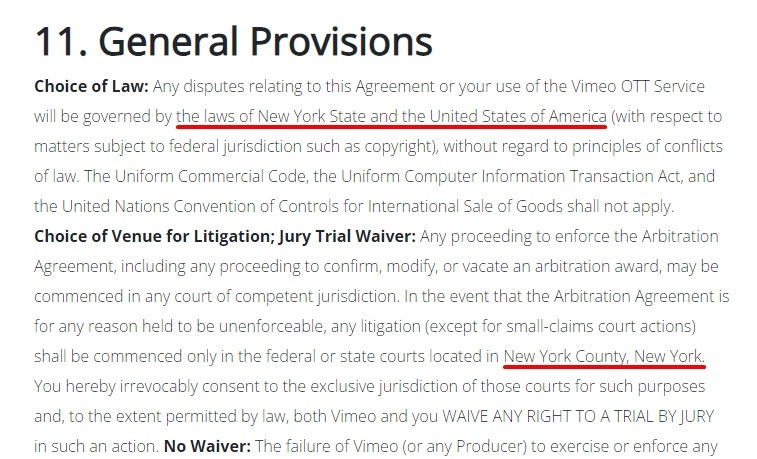
Intellectual Property and Copyright
In an intellectual property and copyright clause, make clear:
- Which material in the app is covered by your copyright
- What permission (if any) you give customers to use your copyrighted material
- Whether the customer retains the copyright to any material they create or publish using your app. (If so, note whether they must grant you a license to use it.)
ThinKnx explains its policy including how copyright works on submitted content:
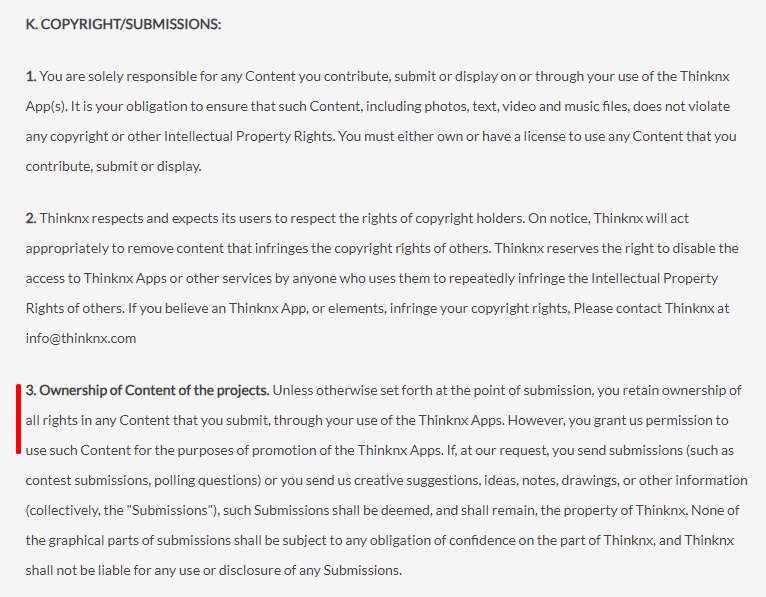
Payment Terms
In most Terms and Conditions agreements, this clause will cover points such as when payment is due, how taxes work and what happens with foreign currencies. However, these often won't apply to in-app purchases, particularly when the payment goes through an official app store.
Instead, you may need to cover some of the following points in your Terms and Conditions specifically covering in-app purchases:
- Whether the payment is processed by the app store, for example the iTunes Store or Google Play. (Both these services require app developers to make clear that Apple/Google process the payment.)
- Whether the in-app payment is a one-off or renewing/subscription payment. If it's the latter, explain when the next payment is due, and if or how you will increase prices in the future, and how users can switch off recurring payments.
- What payment methods you accept and whether any of them carry processing fees.
- How any free trials work.
WWE explains when a third-party handles and manages in-app payments:

Everspruce make clear that cancelling a subscription works differently with an in-app purchase:

Frame.io highlights how payment works with free trials:

Limits of Your Liability
A limitation of liability clause says you are disclaiming responsibility for damage your app causes to users and their equipment. This could disclaim specific areas of responsibility or simply restrict your responsibility to the legally required minimum.
You can also limit your financial responsibility, for example to the amount the customer paid for the in-app purchase.
The Executive Council of Homeowners sets out an extensive limitation but makes clear it is not trying to bypass the law:
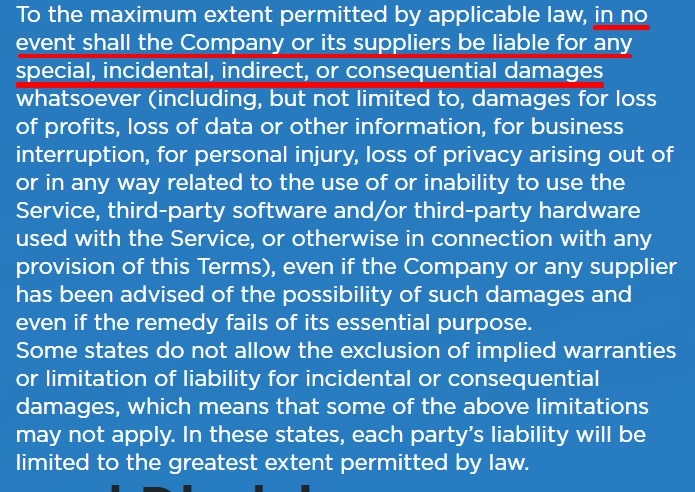
Disclaimers of Warranty
A disclaimer of warranty clause is a statement that you are not promising something, for example that the app will perform a particular function or always be available.This means people cannot claim damages.
This type of clause is particularly useful for implied warranties. These are cases where a customer might reasonably assume you are making a promise unless you explicitly say otherwise.
One approach is to list specific warranties that you are disclaiming. Another is to say you make no warranties except for those you explicitly list in the Terms and Conditions or other documents.
Here's how Structured Path makes a complete disclaimer of all warranties:
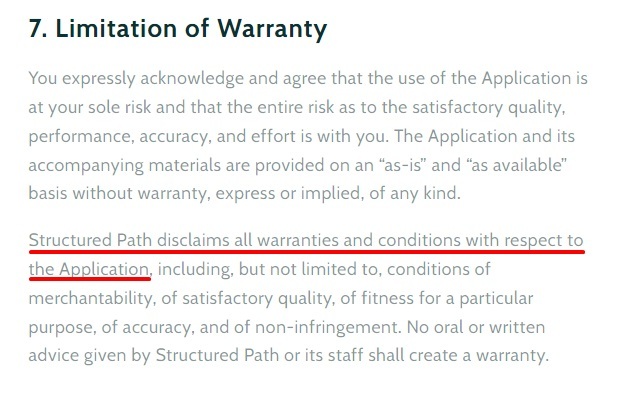
Your Privacy Policy
You likely need a dedicated Privacy Policy because of:
- Rules in the app store or stores that you use
- Laws in the country where you or the customer are based, or where you process personal information
You should link to your Privacy Policy from your Terms and Conditions agreement and make it very clear that the policy covers any data relating to the in-app purchase and how the customer uses the product or service.
IdeaPunch refers to its standalone Privacy Policy and makes clear it applies to use of the app and in-app purchases. It would be helpful to link directly to the document:

Termination of Accounts by Either Party
This covers how your relationship with the customer will end. With an app, this could be when a user account ends, or when a paid service (including via in-app purchase) ends.
Here's how Scribble explains why it can terminate the agreement and the consequences of termination:
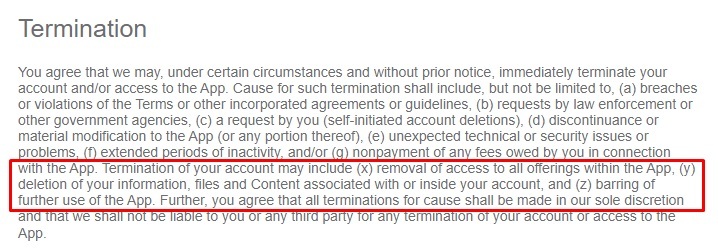
Use this clause to set out and explain:
- The reasons you and/or the user can end the relationship
- When the user will lose access to particular features and services
- If and when the user will get any refund. (This may depend on who ends the relationship and why.)
Displaying and Getting Agreement to Your Terms and Conditions Agreement

For your Terms and Conditions agreement to be enforceable, users must have a reasonable opportunity to read it before making an in-app purchase, and they must explicitly consent to the terms.
The best approach to this is to display the agreement (or a link to it) in as many places as possible. This can include:
- In the app itself, preferably highlighted in settings or navigation menus
- In any app store listings
- On your website, as a dedicated page, with a link through a navigation tool such as a footer menu that appears on every page
Monopoly Go's listing in the Amazon Appstore includes a link to its Terms agreement:

Here's how you can display a link in your site's footer:

Here's how this can look in an in-app menu:
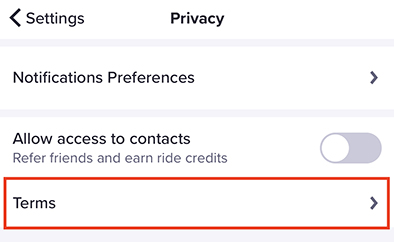
Here's another example of in-app menu display of your Terms link:
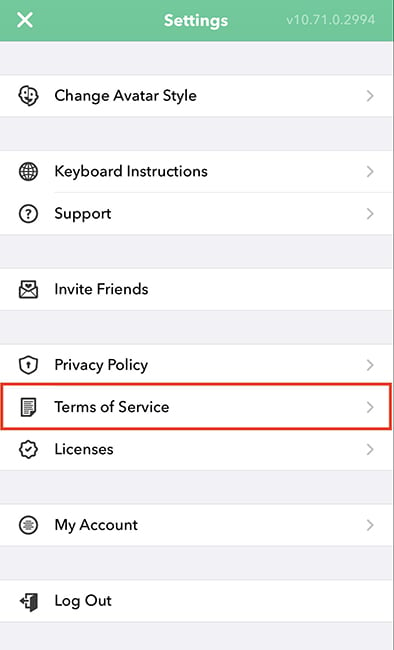
You will also need to prove the user not only read the agreement but consented to it. How you do this may be restricted by the design of your app and the app stores that you use.
If you have complete control over the in-app payment, use a consent method that does all of the following, as close as possible to the point the user makes the in-app purchase:
- Clearly says that the user agrees to the Terms and Conditions agreement.
- Displays or links to the agreement
- Requires a positive action, such as ticking an "I Agree" checkbox, that is separate to the action for making the purchase
The San Francisco Chronicle's subscription page is a good model to replicate in your app. Its consent mechanism covers all three points that we listed:
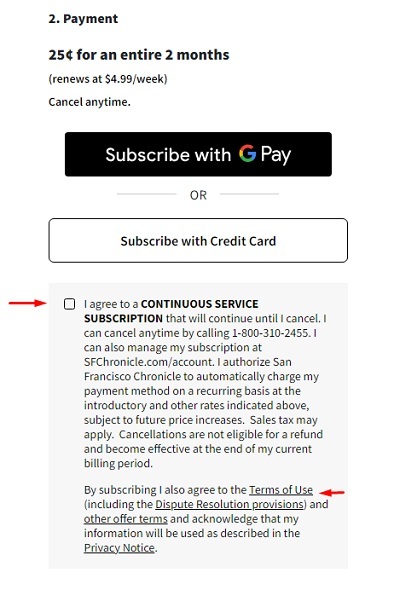
Summary
A Terms and Conditions agreement lays down ground rules for a legal relationship such as with a buyer and seller. You need one for an in-app purchase, even when it's straightforward and for a small amount. The agreement helps keep customers informed about their rights and responsibilities while making you look more professional.
Points to cover include:
- Banned actions by users
- Minimum age limits
- Governing law, jurisdiction and alternative dispute resolution
- Who holds any licenses and intellectual property rights
- How payments are handled, including who processes the payment and how any recurring payment works
- A limitation of liability
- A disclaimer of warranties
- How the agreement can be terminated and what happens when this occurs
Give customers the best opportunity possible to see the Terms and Conditions agreement before making the in-app purchase. Display it and link to it from multiple locations such as your site's footer, and within your app in an in-app menu.
Require users to show agreement through a positive, clearly labelled action such as checking an "I Agree" box before they can make the in-app purchase.
